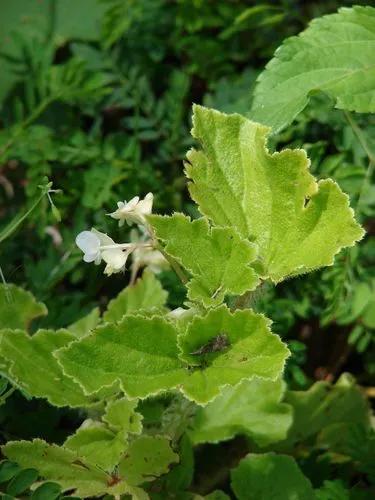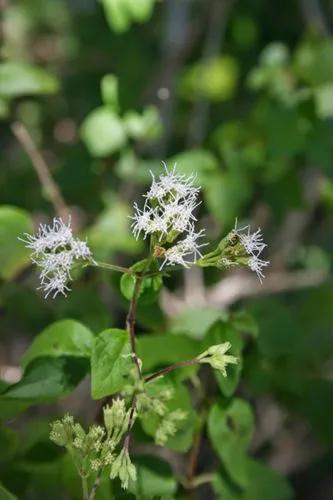Rhus typhina, the staghorn sumac, is a species of flowering plant in the family Anacardiaceae, native to eastern North America. It is primarily found in southeastern Canada, the northeastern and midwestern United States, and the Appalachian Mountains,but it is widely cultivated as an ornamental throughout the temperate world.
Staghorn Sumac Care
Rhus Typhina



Rhus typhina, commonly called staghorn sumac, is the largest of the North American sumacs. It is native to woodland edges, roadsides, railroad embankments and stream/swamp margins from Quebec to Ontario to Minnesota south to Georgia, Indiana and Iowa. This is an open, spreading shrub (sometimes a small tree) that typically grows 15-25’ tall. It is particularly noted for the reddish-brown hairs that cover the young branchlets in somewhat the same way that velvet covers the horns of a stag (male deer), hence the common name. It is also noted for its ornamental fruiting clusters and excellent fall foliage color. Large, compound, odd-pinnate leaves (each to 24” long) are bright green above during the growing season and glaucous beneath. Leaves turn attractive shades of yellow/orange/red in autumn. Each leaf has 13-27 toothed, lanceolate-oblong leaflets (each to 2-5” long). Tiny, greenish-yellow flowers bloom in terminal cone-shaped panicles in late spring to early summer (June-July), with male and female flower cones primarily occurring on separate plants (dioecious). Female flowers produce showy pyramidal fruiting clusters (to 8” long), with each cluster containing numerous hairy, berry-like drupes which ripen bright red in autumn, gradually turning dark red as they persist through much of the winter. Fruit is attractive to wildlife.
How to Care for the Plant

Popularity

1,442 people already have this plant 339 people have added this plant to their wishlists
Discover more plants with the list below
Popular articles






